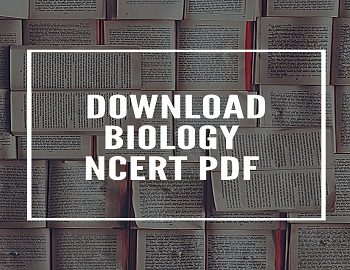Table of Contents
Primate:
In 1758, Carolus Linnaeus placed man in the order primates, which includes a number of Eutherian Mammals.
Primate, in Latin ‘Premees‘ literally means one who is first- in order of time, rank, and importance.
All primates share certain general characteristics and there are certain evolutionary trends, which are unique to this order.
In general, the primates have the following characteristics:
- Presence of nails on digits instead of claws.
- Only one pair of thoracically placed mammary glands.
- Prehensile hands and feet, which are, used as grasping organs.
- Well-developed clavicle.
- Bony orbit completely enclosed at the back.
- Free mobility of digits.
- Opposability of at least one first digit to the remaining digits.
- Well-marked power grip and pressure grip.
- Orbits are directed forwarded instead to the side.
- Cerebral hemispheres of the brain are enlarged.
Since man has all these characteristics, he is included under the order primates.
The unique characteristics of Primates:
- Ability to rotate fore arm in or out, up or down and stretching of legs to a much greater extent than other mammals.
- Primates depend more upon their eyes tan upon their noses.
- There is progressive reduction of the snout or muzzle.
- There is increased perfection of the visual apparatus with the development of binocular vision.
- Increased refinement of hands and feet as grasping organ.
- Retention of the primitive mammalian pentadactylism (five fingers and five toes).
- Presence of very sensitive tactile pads on fingers and toes which show a high degree of mobility.
- The brain is enlarged and developed with differentiation of the cerebral cortex. Not only development but also brain-to-body ratio in size and weight is high. The brain has a posterior lobe. These are related to higher mental ability.
- There are increased eye-hand coordination and manual dexterity.
- Teeth are specially meant for a mixed diet. The simple cusp pattern and the molar teeth are retained.
- Primates have simple stomach.
- The male primates have pendulous penis. Testes descend into scrotum.
- The sexual cycle of the female varies from a single ovulation per year to as many as twelve per year.
- The gestation period has been lengthened.
- Females have a tendency to bear only one baby at a time multiple births are rare.
- The natural life span of primates is markedly longer than that of others.
- The period of postnatal growth is longer. The development of sexual maturity takes a longer time. In fact, primates are more dependent upon their mothers or other adults for a longer period.
- Primates have developed an increasing ability for adaptation to diversified ecological conditions.
- Of all the mammals primates are the most social creatures.
- The primates are of varied sizes; they range from the very small sized microcebus to the huge sized Gorillas.
- There is a progressive development of truncal uprightness, which leads to the facultative bipedalism.
- The vocalization pattern and social-behavioral activities like grooming, infant care, and vigilance have acquired conspicuous complexity.
Since man possesses all the above characteristics to a greater or lesser extent he is inclined in the order primate. As a primate, man’s most significant characteristic is his increased ability to adjust himself to varying environmental conditions rather than to specific environments. Thus, man stands as a unique one among the primates.









Comments (No)